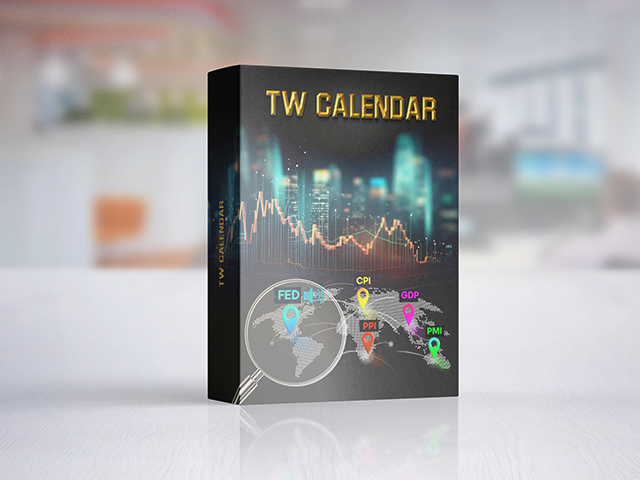Getting to Know the Forex Calendar – Analytics & Forecasts – 23 December 2023
Getting to Know the Forex Calendar: Your Key to Currency Conquest
For any aspiring forex trader, the economic calendar is your roadmap to market mastery. It's not just a schedule of dates; it's a treasure trove of data and events that can make or break your trading decisions. But for newbies, this calendar can be as cryptic as a medieval text. Fear not, intrepid trader! This guide will crack the code and have you navigating the economic calendar like a seasoned pro in no time.
First Things First: What is the Forex Calendar?
The forex calendar is a constantly updated list of economic events and data releases that have the potential to impact currency markets. These events can range from central bank meetings and interest rate decisions to employment figures and GDP reports. Each event is rated for its potential market impact, with “high-impact” events being the most likely to cause major price swings.
Why is the Forex Calendar Important?
Understanding the forex calendar is crucial for several reasons:
It helps you anticipate market volatility: Knowing when high-impact events are scheduled allows you to prepare for potential price swings and adjust your trading strategies accordingly.
It provides valuable trading signals: By analyzing the data released during economic events, you can gain insights into the health of economies and make informed trading decisions.
It keeps you in the loop: Staying up-to-date with the latest economic developments helps you understand the bigger picture driving currency markets.
Forex Calendar Lingo: A Trader's Glossary
Before you dive into the calendar, let's brush up on some essential forex lingo:
NFP (Non-Farm Payrolls): This is the holy grail of economic data releases, measuring the number of jobs added to the U.S. economy outside of the farming sector. A strong NFP reading can boost the US dollar, while a weak reading can weaken it.
Retail Sales: Measures consumer spending, a key indicator of economic health.
CPI (Consumer Price Index): This measures inflation, or the rate at which prices of goods and services rise. A higher CPI reading can lead to higher interest rates and a stronger currency.
Central Bank Meetings: Where central banks decide on monetary policy, such as interest rates.
FOMC (Federal Open Market Committee): This is the US central bank's policy-setting committee, and its decisions on interest rates can have a major impact on the dollar and global markets.
Hawkish vs. Dovish: Hawkish refers to a central bank likely to raise interest rates, while dovish indicates a more accommodative stance.
Intervention: This is when a central bank buys or sells its currency to artificially influence its exchange rate.
Carry trade: This is a strategy where traders borrow in a low-interest-rate currency and invest in a high-interest-rate currency, hoping to profit from the interest rate differential.
Navigating the Forex Calendar: Top Tips
Now that you're equipped with the basics, here are some tips for using the forex calendar effectively:
Focus on high-impact events: Don't get bogged down by every data release. Prioritize events with the potential to cause significant market movement.
Understand the data: Don't just look at the headline numbers. Dig deeper to understand the implications of the data for the underlying economy and currency.
Combine the calendar with technical analysis: Don't rely solely on the calendar. Use technical analysis to confirm your trading signals and identify entry and exit points.
Practice makes perfect: The more you use the forex calendar, the more comfortable you'll become with it. Start by following a few key events and gradually expand your knowledge.

Remember, the forex calendar is not a crystal ball. It's a tool to help you make informed trading decisions, but it doesn't guarantee success. Always practice proper risk management and never trade with more money than you can afford to lose.
With assiduity and practice, mastering the forex calendar can be your key to unlocking the lucrative world of currency trading. So, grab your calendar, strap on your trading boots, and get ready to conquer the forex market!
I hope this article has been helpful. If you have any questions, please feel free to leave a comment below.
Happy trading!


Comments are closed.